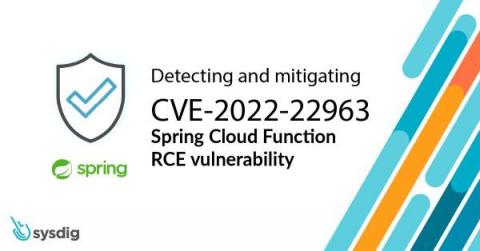How to decide if a network digital twin is right for your company - Consider these ten questions
Interest in digital twin technology is on the rise, likely driven by the pressure placed on IT teams to ensure that their networks are predictable, agile, and secure. Network and security operations teams are actively investigating how implementing a digital twin can help their teams become more proactive and provide confidence that the network will behave as expected, even in the face of constant change.











